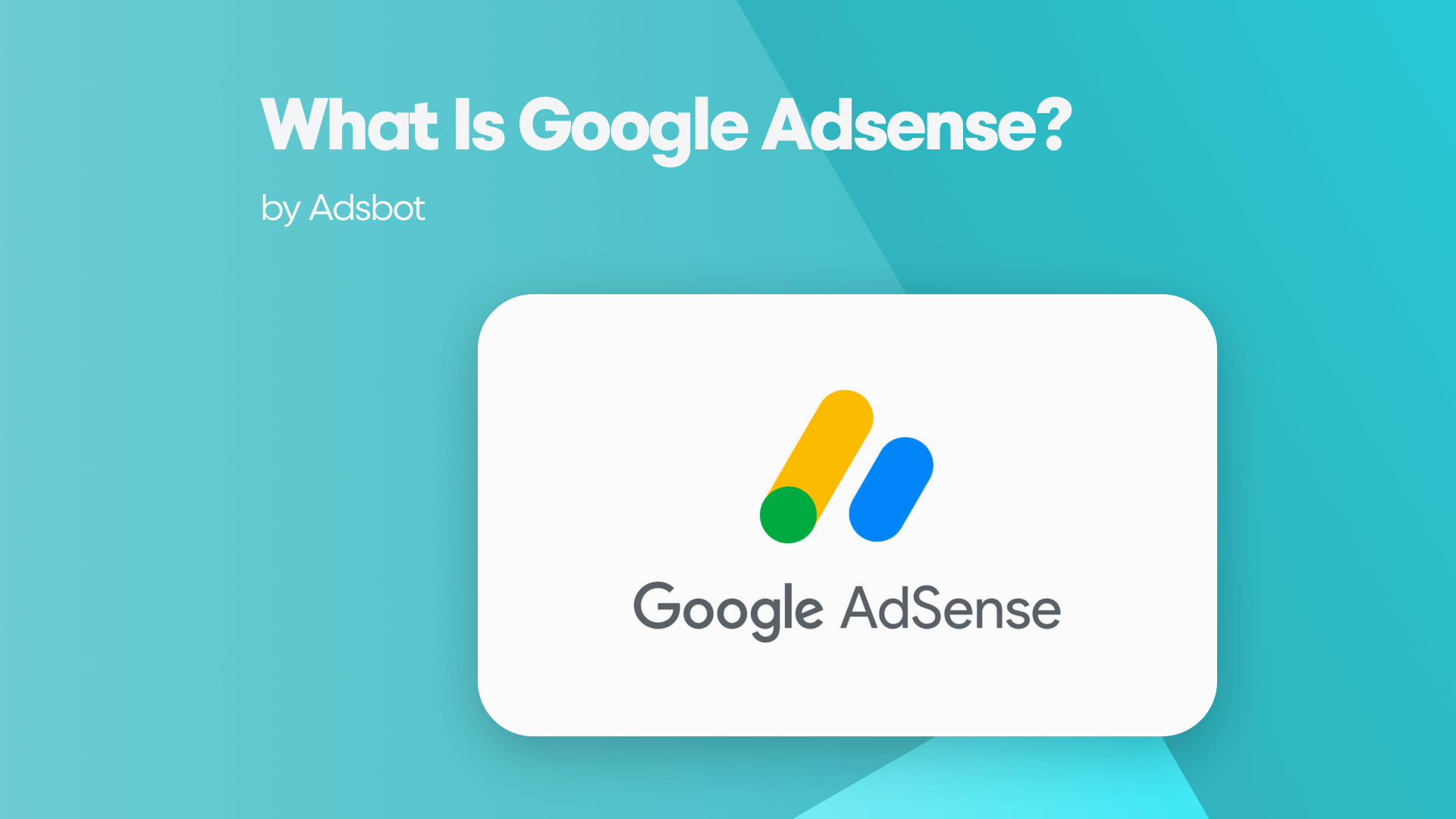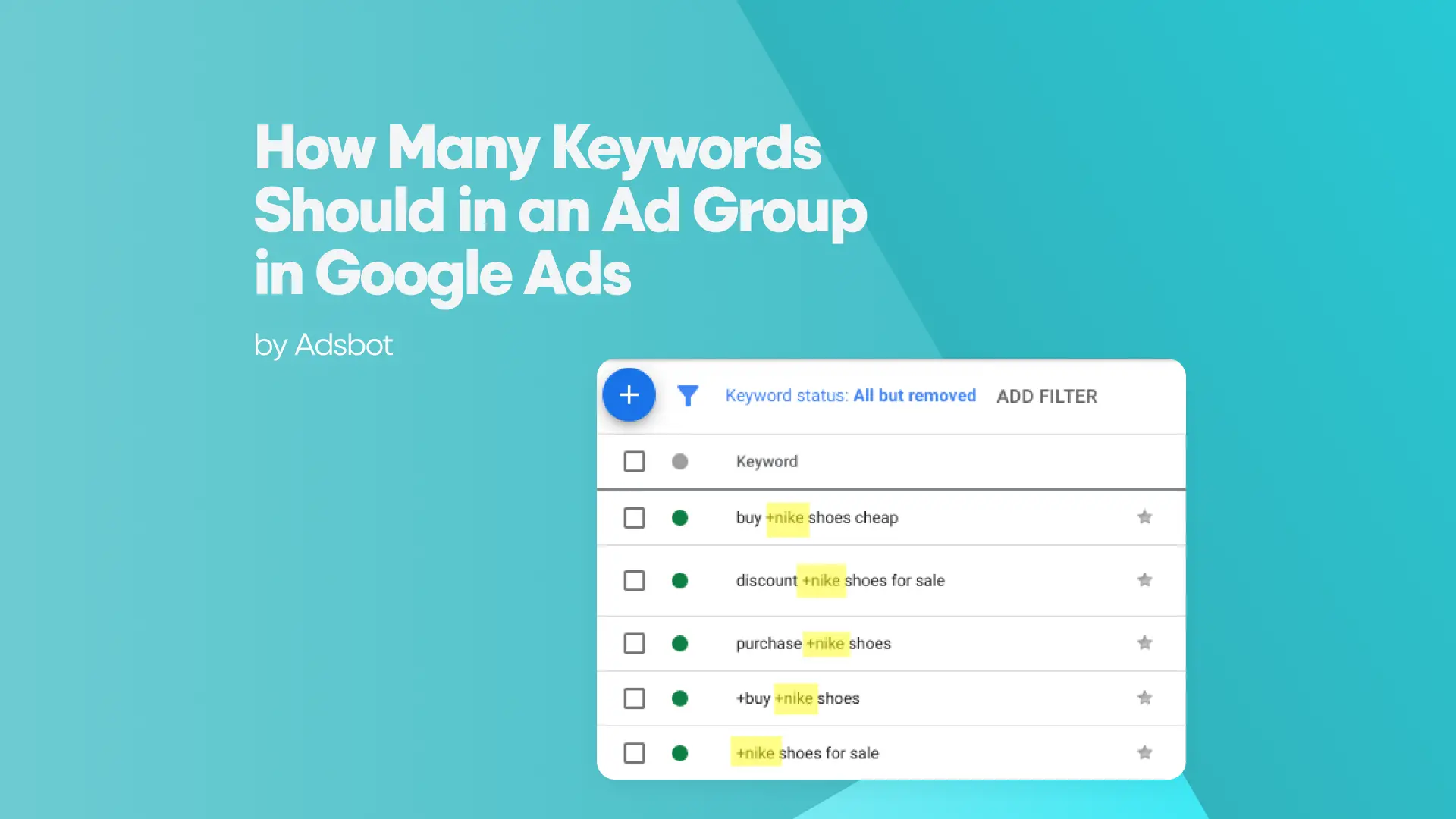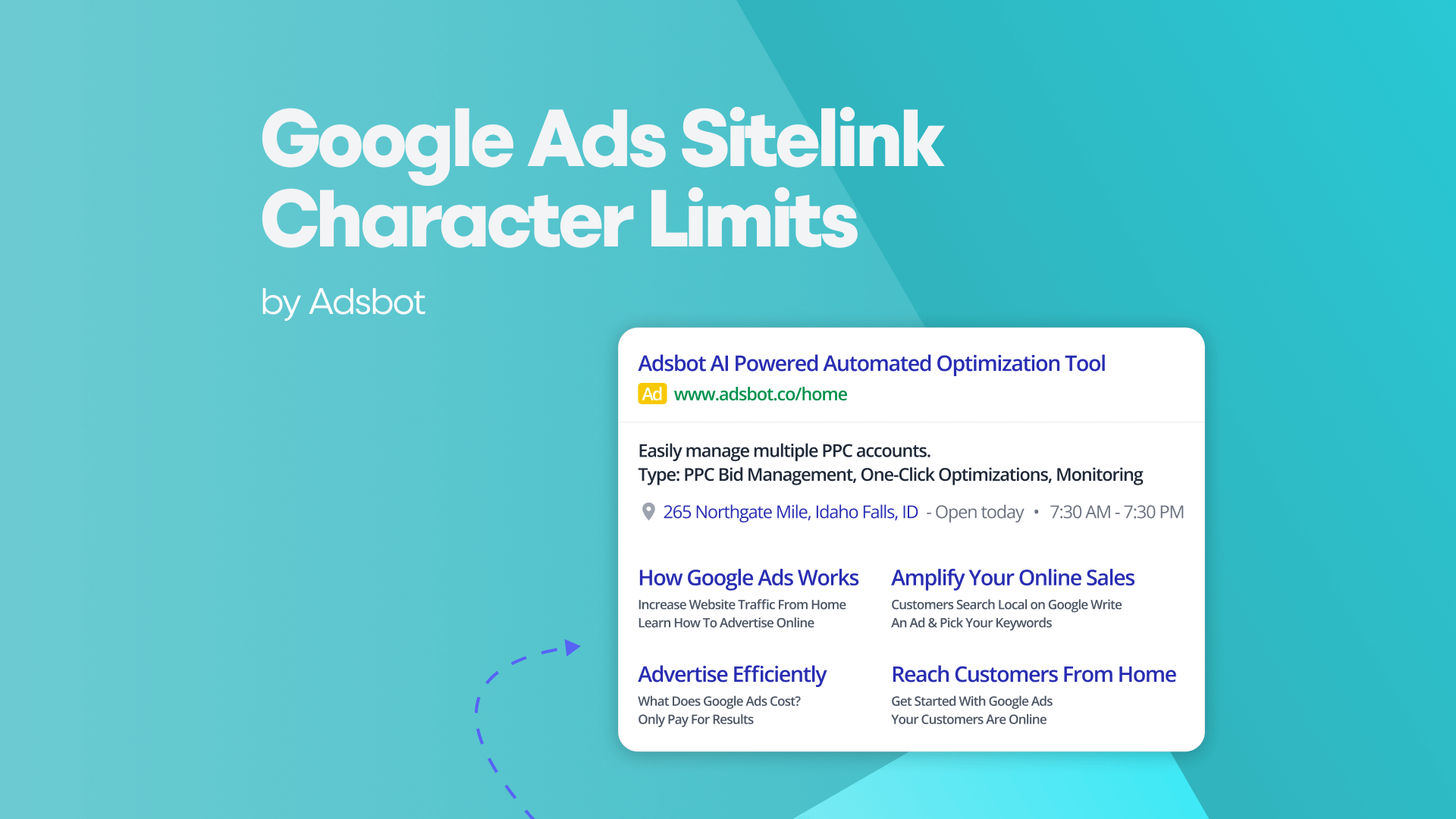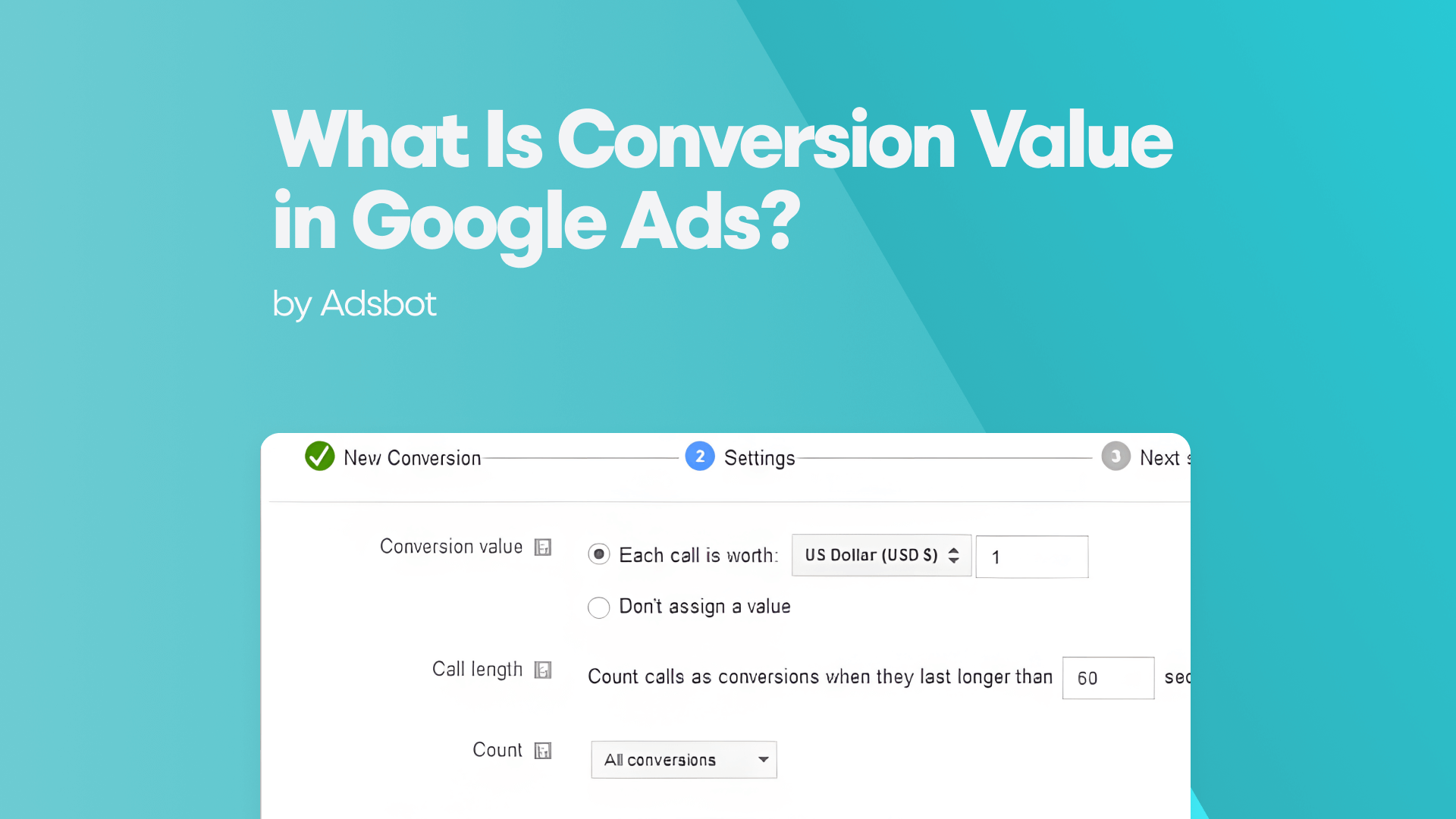Are you looking to monetize your website or blog but unsure where to start? Google AdSense might just be your answer. Google AdSense is a tool that has transformed the way content creators and website owners generate revenue. With its seamless integration and user-friendly interface, AdSense allows you to display targeted ads on your site, turning your digital space into a money-making machine.
Imagine converting your passion into profit without compromising the integrity of your content. This guide will walk you through everything you need to know about Google AdSense, from the basics to optimization tips, ensuring you get the most out of this powerful platform. Dive in to discover how you can leverage AdSense to its fullest potential and start generating revenue today!
The Basics of Google AdSense and Its Purpose
Google AdSense is an advertising program that enables website owners and content creators to earn money by displaying targeted advertisements on their platforms. Launched by Google in 2003, AdSense works by matching ads to your site’s content and visitors, making it an effective way to monetize your website. The primary purpose of AdSense is to provide a seamless advertising experience that benefits both advertisers looking to promote their products and website owners seeking to generate income.
By utilizing Google’s extensive network of advertisers, AdSense ensures that the ads displayed are relevant to your audience, thereby increasing the likelihood of clicks and conversions. This relevance is achieved through a sophisticated algorithm that analyzes the content of your site and matches it with suitable ads. As a beginner digital marketer, understanding the fundamental workings of AdSense is essential to maximizing its potential and effectively monetizing your online presence.
How AdSense Displays Ads and Generates Revenue
AdSense operates by allowing advertisers to bid for ad space on websites within Google’s network. When a user visits a site with AdSense enabled, the platform uses contextual targeting to display ads that are relevant to the content of the page and the interests of the visitor. This targeting is based on various factors such as keywords, site content, and visitor behavior. The revenue generated from these ads is shared between Google and the website owner, with the latter receiving a percentage of the ad revenue.
The primary revenue model for AdSense is cost-per-click (CPC), where advertisers pay each time a visitor clicks on an ad. Additionally, AdSense also supports cost-per-impression (CPM) campaigns, which pay website owners based on the number of views the ads receive. By leveraging AdSense, website owners can tap into a consistent stream of passive income, provided they maintain a site that attracts traffic and complies with AdSense policies.
Types of Ads Supported by AdSense
Google AdSense supports a variety of ad formats to cater to different types of content and user preferences. These include text ads, which consist of a title, description, and URL; display ads, which are visually engaging and can come in static or animated form; and rich media ads, which incorporate interactive elements like video or audio.
Additionally, AdSense supports native ads that blend seamlessly with the design and layout of the website, offering a less intrusive user experience. Another popular format is the matched content ads, which recommend additional content from your site while displaying relevant ads. These diverse ad types ensure that website owners have the flexibility to choose formats that align with their site aesthetics and enhance user engagement. By understanding and utilizing the different ad formats available, digital marketers can optimize ad placements and improve their site’s overall performance and revenue potential.
Eligibility Requirements for Joining AdSense
To participate in the AdSense program, website owners must meet certain eligibility requirements. The most critical requirement is that your site must comply with Google’s policies and guidelines. Other key factors include:
- Original Content: Your site should have unique, high-quality content that provides value to users.
- Age Restrictions: You must be at least 18 years old to participate in the AdSense program.
- Site Ownership: You must have access to edit the HTML source code of the site you wish to monetize.
- Traffic and Content: Your site should receive a steady amount of traffic and should not contain any prohibited content such as adult material, copyrighted content without permission, or content promoting illegal activities.
Once these requirements are met, you can apply for an AdSense account through the Google AdSense website. After submitting your application, Google will review your site to ensure compliance with its policies. Upon approval, you can integrate AdSense into your site and start displaying ads, thereby opening up a potential new revenue stream for your online efforts.
Common AdSense Policies and Guidelines to Follow
AdSense has a set of policies and guidelines that all participants must adhere to in order to maintain their account in good standing. These policies are designed to ensure a fair and transparent advertising ecosystem. Key guidelines include prohibiting invalid clicks and impressions, which means that website owners must not click on their own ads or use automated methods to generate clicks.
Additionally, AdSense requires that sites have a clear and navigable structure, providing a positive user experience. Content hosted on your site must comply with AdSense content policies, which prohibit adult content, copyrighted material without permission, and other inappropriate content. Violating these policies can lead to account suspension or termination. Therefore, it is crucial for digital marketers to familiarize themselves with and adhere to these guidelines to maintain a successful AdSense account. Regularly reviewing the policies ensures that your site remains compliant and continues to generate revenue without interruptions.
Tips for Optimizing Your AdSense Performance
Optimizing your AdSense performance involves strategically enhancing various elements of your site to increase ad revenue. First, ensure that your ad placements are in high-visibility areas without disrupting the user experience. Experiment with different ad formats and sizes to see which combinations yield the best results. Additionally, focus on increasing your site’s traffic by producing high-quality, engaging content that attracts and retains visitors. Utilize responsive ad units to ensure ads display correctly across all devices, enhancing the user experience on both desktop and mobile platforms.
Regularly analyze your AdSense performance reports to identify trends and areas for improvement. By continuously testing and refining these strategies, you can maximize your AdSense earnings and effectively monetize your website. Employing these optimization techniques will not only boost your revenue but also enhance the overall user experience, creating a win-win situation for both you and your audience.
Popular Posts
-
How Many Keywords Should Be In an Ad Group in Google Ads?
Ever wondered if your Google Ads campaigns are packed with…
Read more -
Google Ads Script for Dummies: An Introduction
Imagine you have an e-commerce website that sells licensed superhero…
Read more -
Google Ads Sitelink Character Limits
Your Google Ads are cutting off in the middle of…
Read more -
What Is Conversion Value in Google Ads?
What if you could put a price tag on every…
Read more
Register for our Free 14-day Trial now!
No credit card required, cancel anytime.





